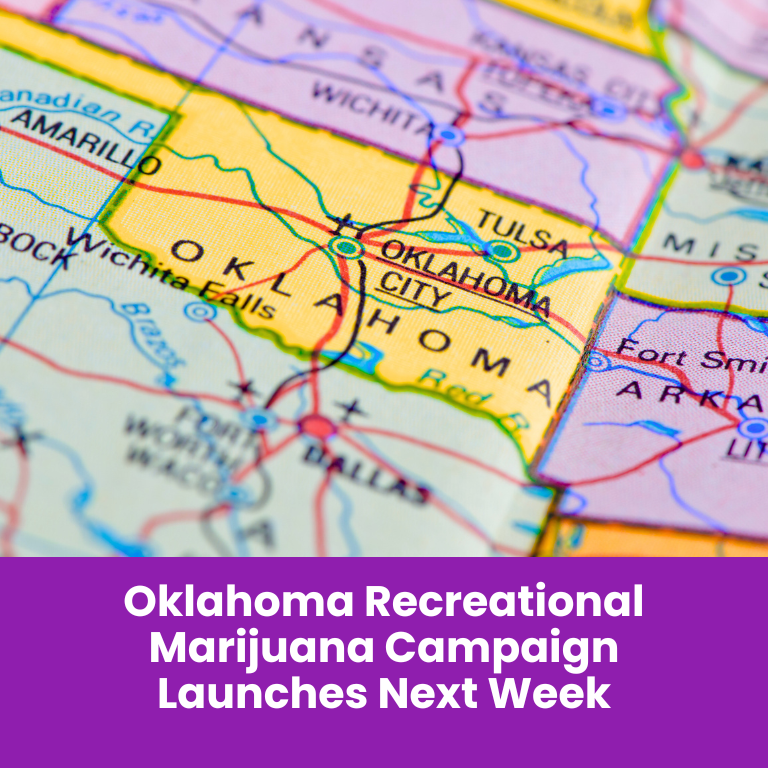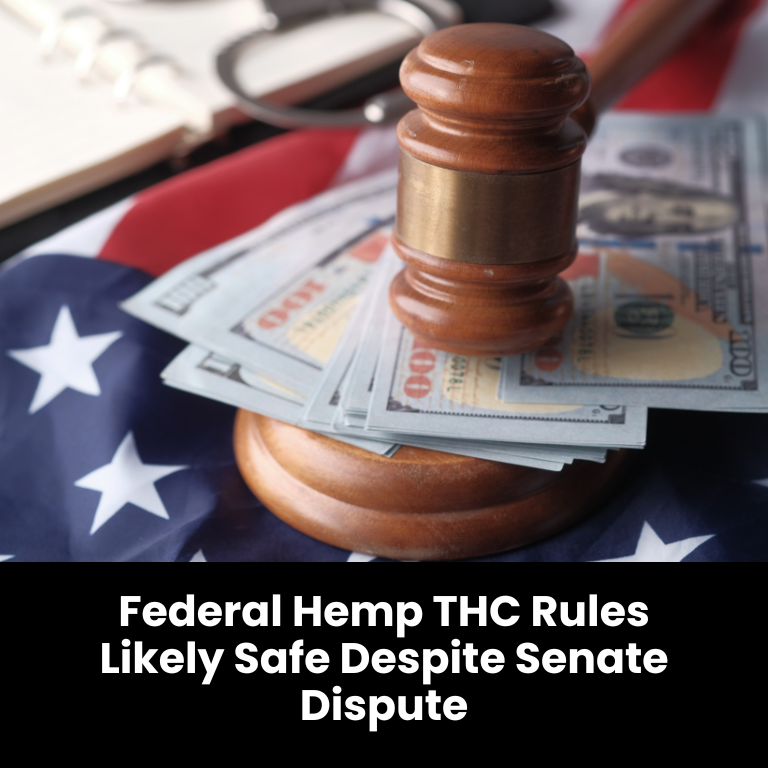NTSB Chair Urges Parents to Warn Teens About Cannabis-Impaired Driving After Fatal Crash
Jennifer Homendy, Chair of the National Transportation Safety Board (NTSB), is calling on parents to address the dangers of marijuana-impaired driving following a tragic crash in Oklahoma that killed six teenagers. The NTSB’s final report on the March 22, 2022, collision revealed that the 16-year-old driver was likely impaired by recent marijuana use and distracted by passengers.
Details of the Fatal Crash
The crash occurred when the driver of a Chevrolet Spark, with five teenage passengers, failed to stop at an intersection and collided with a gravel-hauling semi. The impact, which resulted in multiple blunt force injuries, was exacerbated by the driver’s impairment. The NTSB report indicated that the driver had a high THC concentration in her blood, suggesting recent cannabis use.
Underestimation of Marijuana’s Risks
Homendy highlighted that the issue extends beyond teens. She noted that as states legalize recreational marijuana, there is a growing perception that it is safe to drive under its influence. However, studies show that marijuana impairs motor coordination, reaction time, and judgment—all critical for safe driving.
Call for Better Education and Enforcement
The NTSB is urging states to improve traffic safety measures related to cannabis use. This includes developing educational curricula about the risks of impaired driving. The agency also recommended that state officials enhance enforcement and data collection on marijuana’s impact on road safety.
Legislative and Educational Recommendations
The NTSB has called for the Oklahoma State Department of Education to create drug and alcohol abuse programs for schools. It also encourages broader awareness efforts by national safety organizations. “We have to start communicating well ahead of time that driving under the influence of marijuana is risky,” Homendy said.
The NTSB’s recommendations aim to address the gap between marijuana legalization and traffic safety, ensuring that both education and enforcement keep pace with changing laws.
OG source














